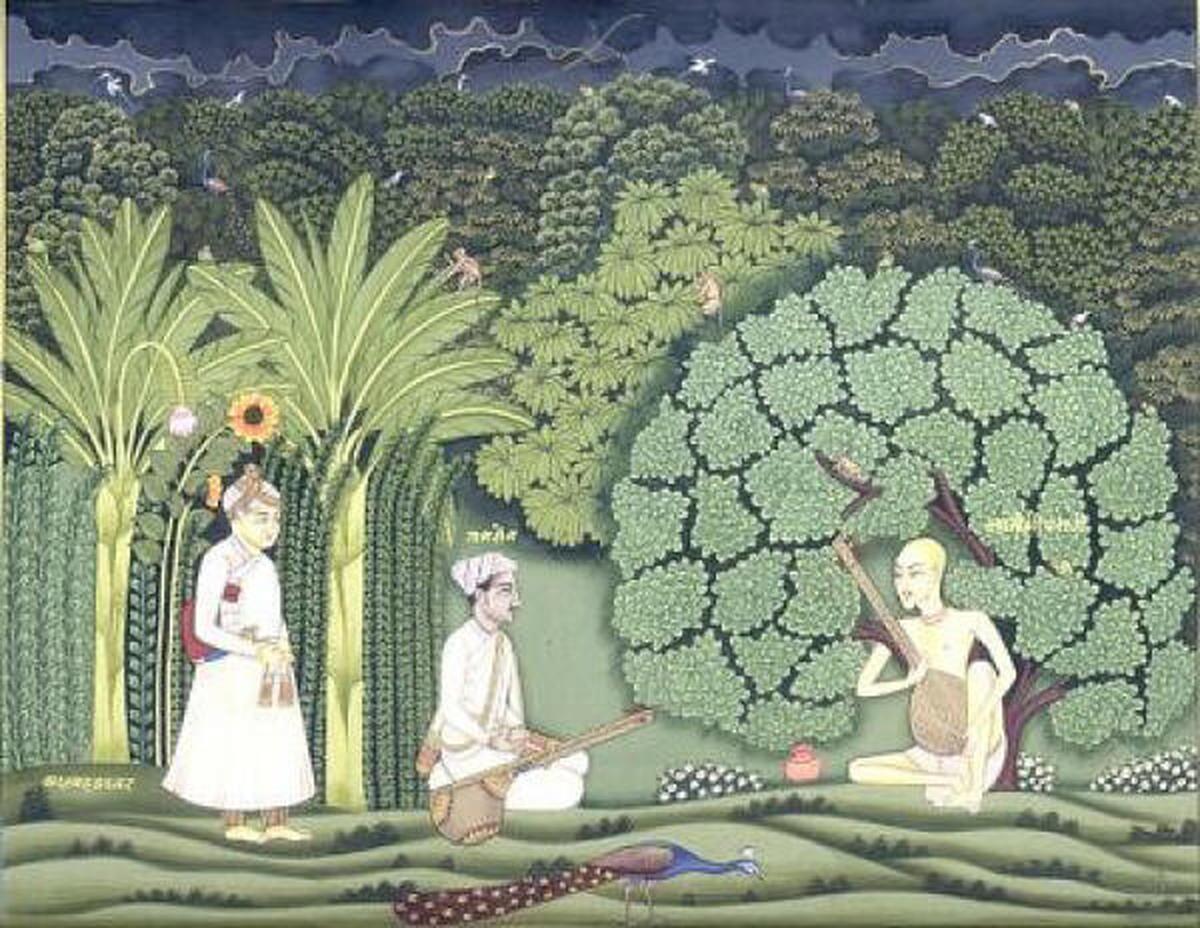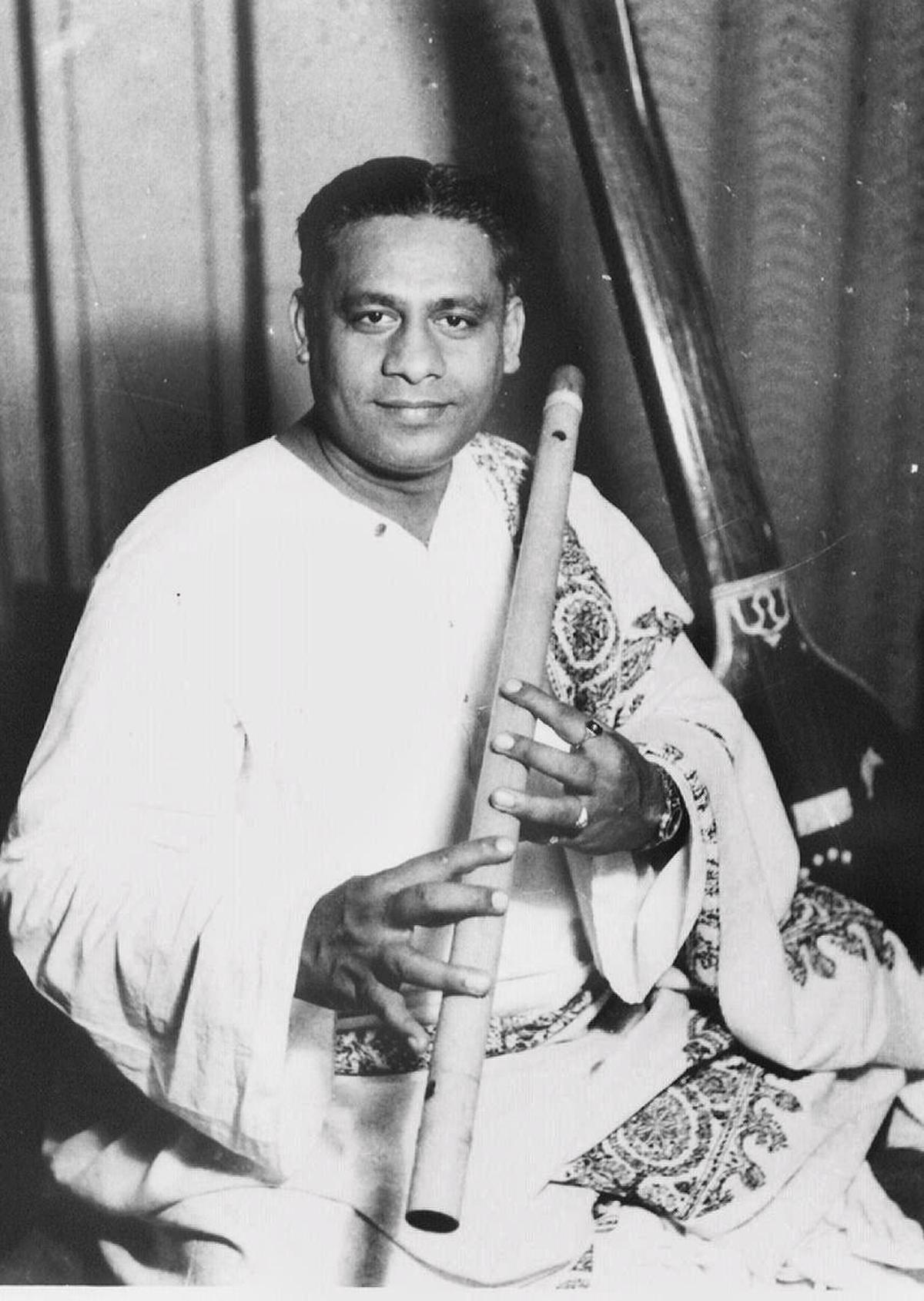Music and festival, celebrating the connect
As a child it was hard for me to believe that the words Diwali or Deepavali have the same meaning as Deepalika. My first tryst with Deepalika and Hemantika happened when, happy with my musical sense, my eldest brother taught me ‘Himero rate oi gaganer deepgulire… (on a dewy night before the arrival of Sheet Ritu or winter Hemantika has covered the sky-lamps with her protective aanchal.) ‘Gharey-gharey daak pathalo Deepalikay jwalao aalo… the darkest of all nights implored every householder to light lamps on the occasion of Deepalika to beautify the earth.
Indian folk and film music have numerous such songs. Who can forget K.L. Saigal’s ‘Diya Jalao’? There are several songs extoling Rama since Deepavali marks his return to Ayodhya. Songs on Krishna too are sung as the festival is a celebration of demon Narakasura being vanquished by Krishna. Aarti to Mahalakshmi is performed on this evening since Deepavali is considered the most auspicious occasion to invoke her blessings.
As a student of classical music I was exposed to a Ragamalika of six primal raags supposed to be created by Shiva. In this ‘Shiva-mata’ string, the sequence of raags is: Bhairav, Malkauns, Hindole, Deepak, Shree and Megh. Except Deepak, all other raags are popular even today. Most of the raags represent different time zones of the day or a particular season. Deepak is almost obsolete now.

A Mughal miniature of Tansen being taught by Swami Haridas while Akbar watches
Many believe that Amir Khusrau created the commonly sung raag Yaman from Deepak. This may have been inspired by the fact that both the raags sport teevra madhyam. Also supported by ragamala paintings, Deepak is associated with night and is meant to evoke the mood of intimacy between lovers on both microcosmic and macrocosmic levels. So is the case with Yaman. Conversely, legend has it that Tansen, one of Emperor Akbar’s nine gems, was forced to sing raag Deepak. Instigated by the courtiers, who wanted to get rid Tansen, Akbar requested Tansen to sing. Despite apprehensions, he sang the raag which set him and the palace on fire. It was his daughter who saved him from this disastrous situation by invoking the spirit of raag Megh Malhar (rain).

Flute maestro Pt. Pannalal Ghosh
Much later in life, I discovered that there is a raag called Hemant (the season of Diwali celebration), which was discovered by Baba Allauddin Khan. And also that the father of Indian flute Pt. Pannalal Ghosh, who also worked as music director in Hindi cinema and was the composer and director of the Vadya Vrinda at the Delhi Akashvani radio station, had invented raags Deepavali and Nupurdhwani.
Recently I heard renowned flautist Pt. Sudip Chattopadhyay of Pannalal gharana play raga Deepavali. Going by his rendition — the raag’s chalan is essentially Deepak or Yaman based; but with the chromatic use of both madhyams as we find in raag Lalit. This phrase gives it an intriguing character which neither belongs to the darkest night of the year nor to the first rays of the rising sun. It appears to be a resting place for both! It is a proven fact that ‘kaal’ (time) is the haven of both good and evil, joy and pain, victory and defeat. We cannot perceive it. That is why it remains dark. Goddess Kali (Deepavali is synonymous with Kali puja in Bengal) represents that mystery which lies beyond human perception.
Prayers being performed on the banks of the Ganga on the occasion of Dev Deepavali at Dashashwamedh Ghat in Varanasi.
| Photo Credit:
JITENDRA PRAKASH
The five-day Deepavali celebration starts with Dhanteras (obeisance to Dhanwantari, the god of good health and medicine), followed by Anant Chaturdashi (offering oblations to ancestors), Deepavali and Govardhan puja (cattle worship) and ends with Bhai Dwitiya or Bhai Dooj (bonding of siblings).